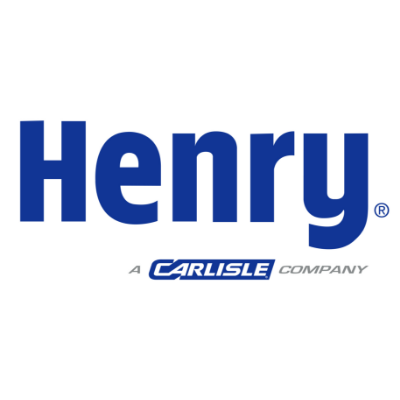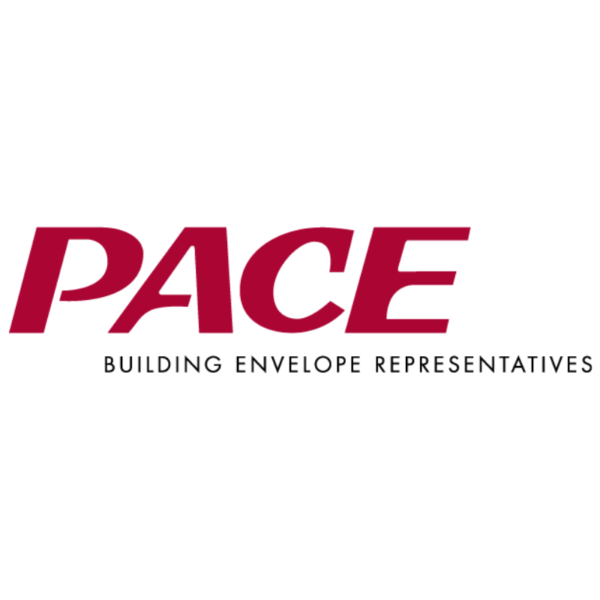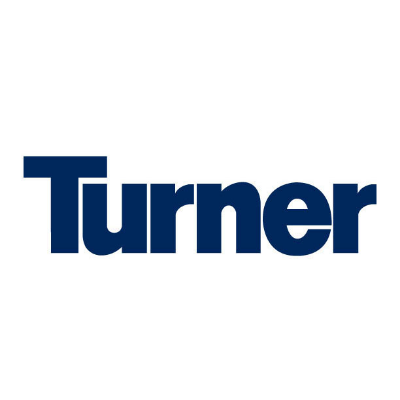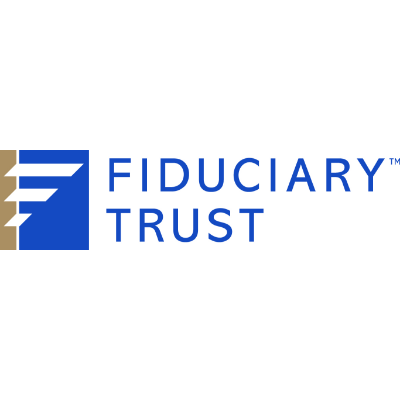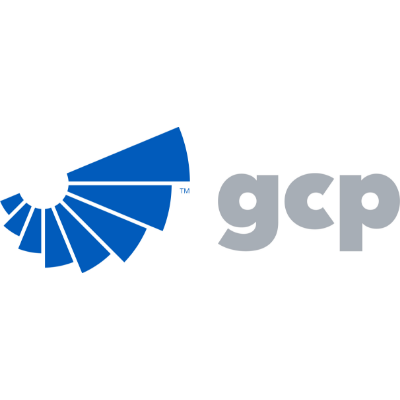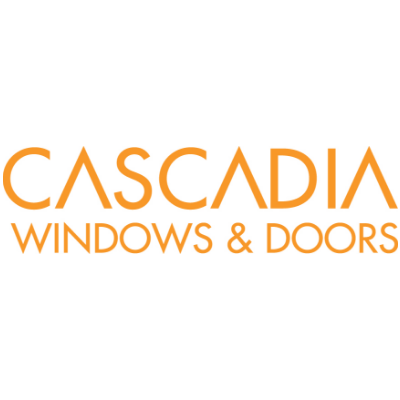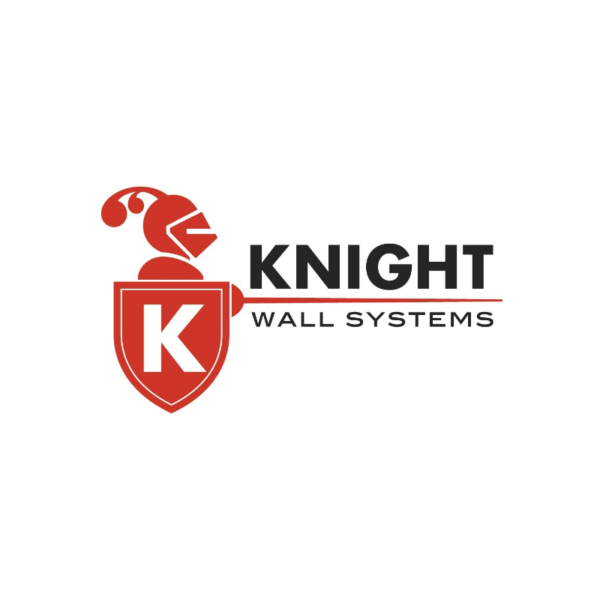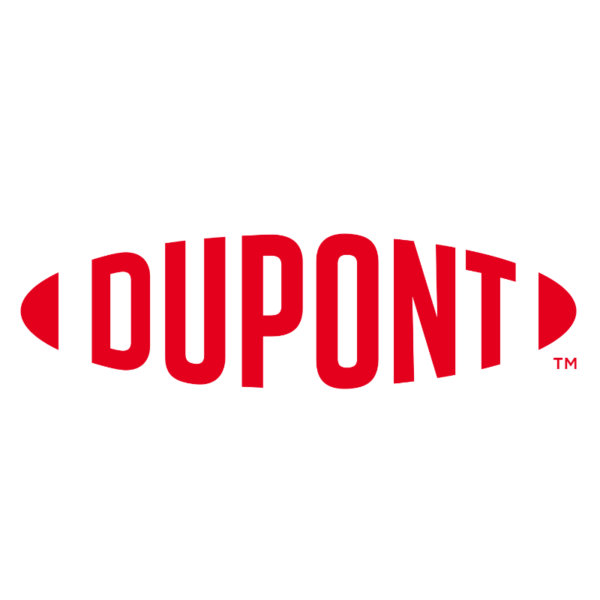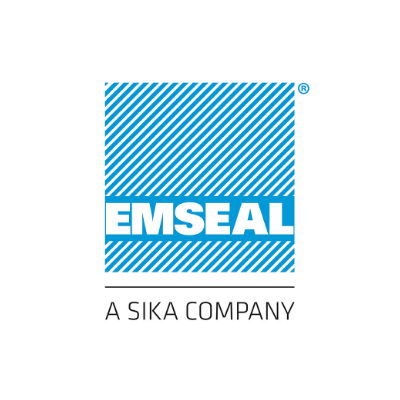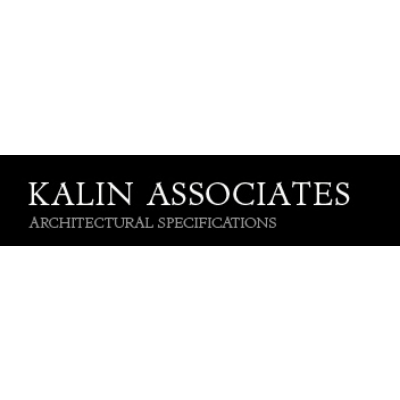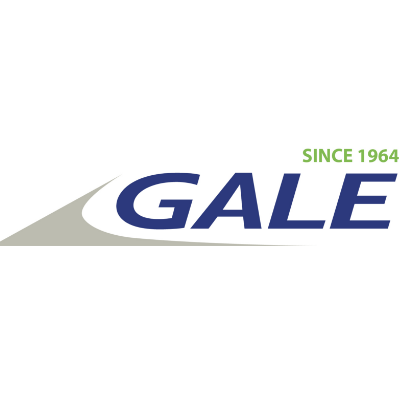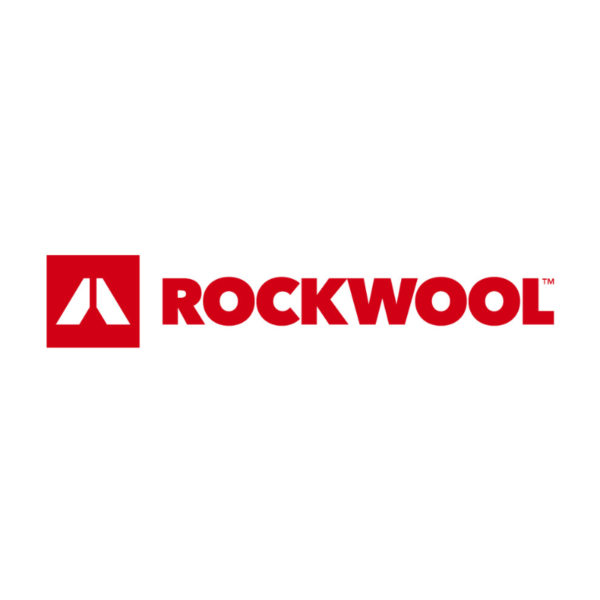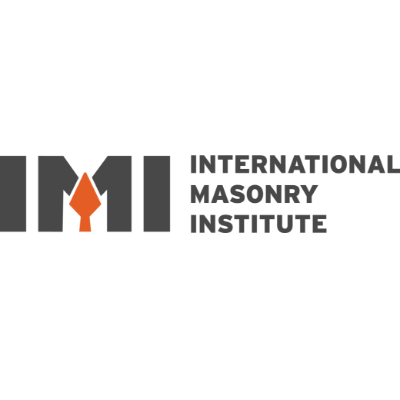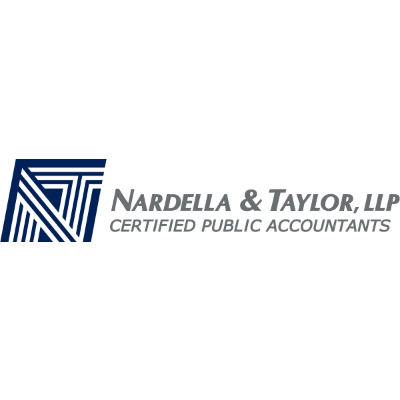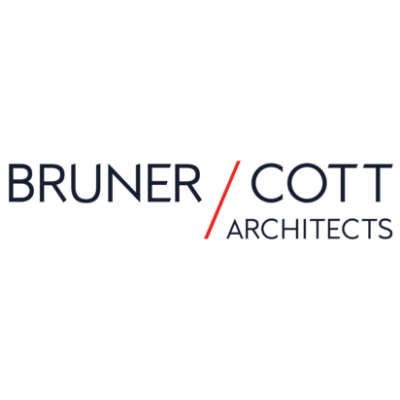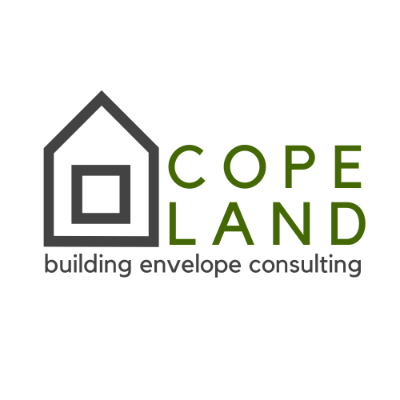2023 Symposium Schedule
October 26, 2023 | BSA Space
- 8:00-9:00 AM | Registration & Opening Remarks
- 9:00-10:30 AM | Session 1: Continuing the Life of Lasting Buildings (1.5 LU/HSW)
- 10:30-11:00 AM | Networking Break & Sponsor Displays
- 11:00-12:30 PM | Session 2: Lifecycle Considerations of Façades (1.5 LU/HSW)
- 12:30-1:45 PM | Lunch & Keynote (0.5 LU/HSW)
- 1:45-2:00 PM | Networking Break & Sponsor Displays
- 2:00-3:30 PM | Session 3: Quantifying Durability (1.5 LU/HSW)
- 3:30-4:00 PM | Networking Break & Sponsor Displays
- 4:00-5:30 PM | Session 4: New Materials, Assemblies and Processes (1.5 LU/HSW)
- 5:30-8:00 PM | Reception
Welcome & Opening Remarks
Opening remarks will be offered by the Symposium Committee.
Session 1: Continuing the Life of Lasting Buildings
1.5 LU/HSW AIA credits available
Session 1A: Resolving Preservation and Modernization Challenges at Gordon Bunshafts's Hirshhorn Museum
The Hirshhorn Museum, an architectural gem designed by Gordon Bunshaft of SOM, reflects the enclosure technology of its era, and lacks a reasonable thermal envelope, workable air barriers, and efficient glazing. In addition, its precast façade developed attachment problems. The Smithsonian Institution was adamant to repair the building while staying true to Bunshaft's vision and engaged the design team led by the presenters to design repairs to resolve these challenges. We will discuss the intricate enclosure analysis, design, and repair construction effort that met the Smithsonian's high expectations.
Niklas W. Vigener PE | Senior Principal, Simpson Gumpertz & Heger
Niklas is a Senior Principal at Simpson Gumpertz & Heger, a national engineering firm active in building rehabilitation, enclosure consulting, engineering mechanics, and structural engineering. His particular interest is designing new buildings and carefully rehabilitating historic buildings to incorporate sustainable and efficient high-performance building enclosures.
Kirill Pivovarov AIA | Associate Principal, Page Southerland Page
Kirill is an award-winning architect and Associate Principal at Page Southerland Page, a national architecture firm active in the design and rehabilitation of culturally significant buildings. He served as lead architect and project executive for Smithsonian Hirshhorn Museum Envelope Modernization project and brings an architect’s design sensibility to the technical rehabilitation of mid-century institutional buildings.
Session 1B: Staying in Style: Renewing Historic Building Enclosures for Contemporary Performance
Many institutions have adopted strategies for reusing their existing building stock as a means of preserving the character of their campuses and reducing the environmental impact of new construction. However, in most cases these buildings do not meet contemporary building and energy codes and require varying degrees of intervention to meet modern standards. This presentation will briefly cover the various analyses and strategies for building performance and enclosure upgrades utilized on three projects of distinct eras and styles; Balch Hall at Cornell University, Martin Hall, and The Gant Complex at the University of Connecticut.
Justin Dufresne AIA, NCARB | Associate at Goody Clancy
Olivia Huang AIA, LEED AP, BD+C | Associate at Goody Clancy
Thomas McClellan Haskell AIA, LEED AP | Architect & Senior Project Manager at the University of Connecticut
Heather Walters LEED AP, BD+C, Fitwel Amb., WELL AP, LFA | Vice President, Thornton Tomasetti
Session 1C: Detailing the Divide: Integrating Modern Glazing Systems with Historic Façades
Improving the building enclosure performance of historic buildings while maintaining the original building’s character and appearance poses unique challenges to designers. Modern glazing systems can improve energy efficiency and other performance characteristics of historic facades, without requiring extensive reconstruction or rebuilding of the surrounding building components and are often selected to demarcate the new construction from the existing. Integrating new windows, curtain wall, and skylights into 20th century building materials requires a balance between meeting modern performance expectations, building code requirements, and construction practices while preserving the building’s historic character. Transition details between new glazing systems and historic facades are critical to maintaining waterproofing continuity, reducing the risk of air leakage and condensation, and accommodating movement. In this session the presenters will discuss several case studies of projects that successfully integrated new glazing systems with historic façades.
Emily Beam | Building Technology, Simpson Gumpertz & Heger
Emily Beam is a member of Simpson Gumpertz & Heger Inc.’s Building Technology group in the Washington, DC office. She has over ten years of building enclosure consulting experience in new design consultation, field investigation work, condition assessment, and repair design and rehabilitation projects. She works with architects, building owners, developers, and contractor clients to provide expertise and deliver building enclosure solutions related to below-grade waterproofing, exterior wall cladding systems, air and water barriers, fenestration systems, and roofing.
Gabriella Simundson | Building Technology, Simpson Gumpertz & Heger
Gabriella a member of Simpson Gumpertz & Heger Inc.’s Building Technology group in the Washington, DC office. She works on building enclosure projects that include investigation and repair of existing buildings and new design consulting. Her clients have been architects, contractors, and public and private building owners. She works with project teams to find project-specific solutions to envelope design through field investigation, condition assessments, design consultation and construction administration phases.
Session 2: Lifecycle Considerations of Façades
1.5 LU/HSW AIA credits available
Session 2A: The Northeastern University EXP Project: Exploring the Lifecycle of Building Enclosures for Sustainability, Performance and Resilience
This session will explore the performance of building envelopes, centering on the EXP project as a spotlight example. We will showcase the innovative approaches that optimize parameters essential for environmental protection such as external glare issues and user comfort within interior spaces. The techniques to achieve a high-performance envelope, enhancing occupant comfort while minimizing energy consumption and environmental impact, will be discussed. By addressing these core themes, the presentation aims to provide valuable insights into design and construction strategies that promote the durability, sustainability, and resilience of building enclosures. Additionally, attendees will gain an understanding of the intricate technical challenges posed by environmental factors such as wind, snow, and ice on such systems.
Wesley Schwartz AIA | Associate Principal, Payette
Wesley is leading the next generation of architects by transforming practice through the integration of performance in design. His award-winning designs are rooted in place and defined by their relationships to natural systems. Since joining Payette in 2005, Wes has demonstrated a wide range of design skills and technical knowledge across award-winning project work in both healthcare and research typologies and has been particularly influential in the design, technical development, and graphic documentation of highly complex facade systems. A 2019 AIA Young Architect award winner, his work for Northeastern University has garnered numerous national design and sustainability awards.
Jacqueline Valencia | Senior Capital Project Manager, Northeastern University
Jacqueline is a two-time alumna of Northeastern University as a graduate of the School of Architecture and D'Amore-McKim School of Business. She has worked on renovations and fit outs on the Boston campus as well as the university's first international campus in Toronto, Canada. Recent projects include ISEC, the Pedestrian Crossing bridge, and EXP.
Naciem Nowrouzi AIA | Associate Principal, Building Envelope Consultant, ARUP
Naciem is an Associate Principal Enclosure Consultant leading Arup's Boston Façade team with 14 years of experience in the building industry. Holding degrees in Product Architecture Engineering as well as Architecture, and licensed in Massachusetts and New York, Naciem is an expert in innovative façade and waterproofing system design, seamlessly integrating multifaceted requirements and building physics to achieve optimal performance and cost-effectiveness in building envelopes. Her project involvement spans prestigious institutions such as Northeastern University, MIT, Massachusetts General Hospital, and a diverse array of developments worldwide. As Chair of AIA NY Chapter's Building Science Committee, she showcases her commitment to the AEC industry by actively driving advancements in sustainable and energy efficient design and challenges.
Session 2B: Thinking Through Façade Choices as Carbon Investment
Critical to the lifespan of a building is a high-performing building enclosure that focuses on reducing environmental impact, provides a comfortable indoor & outdoor environment, and accounts for future change. The building envelope is critical to several aspects of sustainability, health & wellness: daylight distribution, protection from solar gains, visual and thermal comfort, natural ventilation access, thermal conduction, and embodied carbon. Façade choices—or architectural design choices in general—routinely involve addressing trade-offs. “High-Performance” façade choices, however, bring an interesting trade-off within the sphere of carbon emissions-- they usually add material to reduce building energy consumption, resulting in increased embodied carbon for reduced operational carbon. How do we evaluate carbon paybacks? To quantify these trade-offs, design teams need to evaluate the carbon payback through a life-cycle lens to accurately assess long-term benefits and the bigger picture.
Jessica Zofchak LEED AP BD+C | Associate Director, Atelier Ten (New York Office)
Jessica has been an integral member of Atelier Ten’s New York office for the past fourteen years. Jessica has consulted on highly ambitious projects, focusing on environmental design, façade optimization, and sustainable master planning. Some of her most significant contributions include leading energy and infrastructure master plans for a wide range of institutions, including ongoing engagement with MIT starting from a campus net-zero masterplan, operational and embodied carbon reduction analysis, the recently occupied Kendall Square development and continued district-scale visioning, and environmental design for the Volpe development. Jessica holds an M.Engineering in High-Performance Structures, a B.S. in Building Technology, and a B.S. in Marketing Science, all from the Massachusetts Institute of Technology.
Keynote
Designing for Durability: Six Memos from the Last Millennium
0.5 LU/HSW AIA credits available
Construction that is highly durable over the very long-term (e.g., centuries), is inherently sustainable and resilient. Despite major emphasis on sustainability and resiliency in recent decades, we are in the midst of a widespread crisis of rapid building enclosure failures, ranging from highly-publicized and almost immediate failures on prominent commissions by “Starchitects”, to rapid enclosure failures on non-descript developer houses on Any Street, USA. Where did we go wrong? What do we fail to understand about designing for durability? And what pertinent lessons, if any, can we learn from historic buildings that have proven durable for many centuries?
Drawing his year-long hands-on research on building durability in Rome, as well of 28 years of experience at SGH investigating durability failures large and small, and designing solutions to address them, Matthew Bronski, will use specific examples to illustrate six key principles for designing more durable buildings.
Matthew Bronski, P.E. | Senior Principal and the national practice leader for Preservation Technology at Simpson Gumpertz & Heger Inc. (SGH)
Matthew has led SGH’s work on many highly significant historic buildings over the past 28 years, and he also has served as a key investigator of building envelope durability failures in new and recent construction. He has published over a dozen technical papers and articles on building façade and envelope issues, and has served as a guest lecturer or guest critic in architecture or historic preservation courses at numerous universities, including Harvard, MIT, Northeastern, UMass Amherst, Wentworth, and Yale. He holds a bachelor’s degree in engineering from Tulane, and master’s degrees in both architecture and historic preservation from Penn. In 2009, he became only the second engineer in 113 years to receive the prestigious Rome Prize, and he completed a year-long hands-on study on lessons learned on durability from historic construction.
Session 3: Quantifying Durability
1.5 LU/HSW AIA credits available
Session 3A: Evaluating the Enclosure for Durability: The Role of Standards P100 & CSA S478
The Facilities Standards for the Public Buildings Service (P100) and CSA S478:19 Durability in Buildings are two important guidelines for the design of buildings. The P100 establishes design standards and performance criteria, while CSA S478:19 outlines a review process to identify effects of failure. By using both guidelines, designers can create safe and durable buildings. This session will include a presentation and discussion of each guideline.
Jason Danielson AIA | GSA Office of Architecture and Engineering; National Advisor Building Enclosures
Bradford J. Prestbo FAIA | Principal, Boston Office Director, Studio NYL
Felipe Francisco AIA | Technical Design Lead, Boston Office, Studio NYL
Will Babbington AIA, P.E. | Principal, Façade Design Director, Studio NYL
Session 3B: A Case Study in Panelized Offsite Construction Performance Validation
Offsite construction is a growing industry offering a sustainable, efficient, high-performance method of building which offers some relief to the current on-site construction labor shortage. Due to the high-volume production environment of offsite manufacturing facilities, assemblies can propagate much faster and further than traditional on-site construction. This opportunity mandates careful design and up-front application of building science to ensure durable structures. While modeling tools can inform assembly design, simulations should always be validated with real-world testing. CertainTeed has deployed a data collection system in a pair of offsite pilot homes to validate predictive performance modeling and provide objective unbiased performance data. In this talk we will share the results of this data collection and subsequent data-matched hygrothermal modeling which allows design evaluation and pre-emptive changes to ensure long-lasting high-quality construction.
Evan Molony | Research Engineer II, CertainTeed
Evan is a mechanical engineer in the CertainTeed research and development organization that focuses on early-stage development of new system-based solutions for the building industry. He specializes in the technical development of CertainTeed’s Offsite Solutions business, with a focus on energy efficiency and performance validation, including the instrumentation and monitoring of several panelized prefabricated pilot homes. Prior to joining CertainTeed Evan worked for 8 years with Pratt & Whitney as an aerospace design engineer.
Lucas Hamilton | Manager, Building Science Applications, CertainTeed
Lucas has a background in physics and over 30 years of experience in construction, building science and building materials manufacturing. His expertise includes forensic building envelope investigations, construction systems testing and the development of non-destructive analysis equipment and techniques. Lucas uses a variety of building performance simulation software including acoustic, moisture, and energy simulations. He has spent the past 18 years working with builders and design professionals on behalf of CertainTeed and Saint-Gobain to achieve more sustainable, durable, and higher performing buildings.
Session 4: New Materials, Assemblies and Processes
1.5 LU/HSW AIA credits available
Session 4A: Building Enclosures that Last are Made of Healthy Building Materials
Addressing the root causes of rising rates in chronic illnesses is trending in many major industries. The realization that the buildings we occupy, and the materials used to construct the building enclosure, can have a significant impact on our health is influencing our decisions about the structures we occupy. Ultimately, the building enclosures that will last will be the ones that promote health and reduce toxic exposure to occupants. Many manufacturers have responded to this market pressure by offering “less toxic” variants of their building materials. Is less toxic enough? Or, can we do better? This panel will present several materials and techniques that can be used in lieu of more commonly accepted toxic building envelope materials. The first is wool fiber used as insulation. The second is foamed glass gravel used as under slab insulation. The third is a wood preservation technique called Shou Sugi Ban utilized in Japan for hundreds of years that involves flame-treating wood. The fourth is a water-soluble wood preservative comprised of borate salt that prevents degradation caused by fungi or insects. These four examples are evidence that healthier alternatives are available but not as well known. If our intention is to build building enclosures that last, it would behoove us to seek out materials that will reduce occupant’s exposure to toxic materials.
Cynthia Staats | Building Enclosure Science
Phil Walsh | Havelock Wool
Rob Conboy | Glavel
Session 4B: Improving Energy Efficiency and Sustainability with High-Performance Building Envelopes
The prsentation focuses on enhancing energy efficiency and sustainability through the implementation of high-performance building envelopes. Specifically, it explores the benefits of Building-Integrated Photovoltaics (BIPV) and high-performance rain screen systems in retrofitting existing buildings to improve their environmental performance.
BIPV involves integrating solar panels directly into building materials, thereby transforming the building envelope into a source of renewable energy generation. This approach not only reduces the carbon footprint of the building but also enhances its aesthetic appeal. It is worth noting that retrofitting existing buildings can be more sustainable than constructing new ones, as it maximizes the utilization of existing resources.
By combining BIPV technology with high-performance rain screen systems, which provide effective insulation and moisture management, the energy efficiency and overall sustainability of retrofit buildings can be significantly enhanced, contributing to a more environmentally responsible and resilient built environment. Utilizing Mitrex R-value equivalency calculator we can achieve an effective infinite R value on our future building envelopes.
Danial Hadizadeh | CEO, Mitrex
Danial is a CEO with a passion for sustainable construction and a talent for driving innovation in the industry. His leadership has helped Mitrex become a leading player in building-integrated photovoltaics, with a groundbreaking solar-integrated building material that has captured global attention. Danial's dedication to creating a greener future has earned him numerous awards and made him a respected voice in the field of sustainable construction. Danial has successfully spearheaded the R&D team to develop and introduce the first solar-integrated building material to the world. His 20 years in the construction industry, and Harvard education have taught him that innovation is key and BIPV facades are the future. Danial’s idea of a green future and ambition for a sustainable world combined with years in the construction industry have allowed him to push the boundaries of structures and how we energize the world.
Session 4C: Life Cycle of a Building Façade Assembly, from Digital to Realized
How can architects maximize the potential of digital tools to support design vision through to a completed built product? Tackling this question head-on involved a collaborative approach between CBT’s project teams and design technology group to develop building façades. This process has been honed and refined through several successive case-study projects. In this engaging session, a Project Architect and a Design Technologist will interweave the story of project design goals with innovative digital practice solutions. The presenters will outline how to build up a simple skeletal façade framework that grows and adapts with the project through design phases and enables effective use for multiple, parallel efforts and tasks. Everything from mid-stage design changes to material take-offs, LCA’s and energy analyses to direct coordination with manufacturing and installation via façade design-assist processes will be discussed. Ultimately, the model evolves and grows in complexity from the earliest stages of the project all the way to assembly on-site. This straightforward approach of utilizing thoughtful upfront planning and built-in BIM capabilities can be replicated to reduce redundancy and rework. The result: significant cost and time savings. Attendees will leave with a clear understanding of how they can benefit from integrating adaptive components in their design methodology.
William Paquette | Senior Design Technologist, CBT Architects
William is the Senior Design Technologist at CBT Architects with experience in fostering design technology and integrating BIM strategies from early conceptual phases all the way to construction. His expertise focuses on using BIM as a platform to respond to a variety of technology needs centered around documentation, collaboration and visualization.
Brian Vieira AIA | Project Architect, CBT Architects
Brian is a project architect, at CBT Architects, with a wide range of experience in complex projects spanning from large scale urban developments to residential and life science. He is interested in the integration of new materials and building technologies into complex and high performing building facades, while balancing a high level of design aesthetics. A proponent of the integration of emerging digital technology into the design practice, he is always exploring ways to advance how we design and document the built environment. Brian is a member of the AIA, BSA and is a LEED accredited professional.
Interested in supporting the Symposium?
View our Sponsorship page for more information.
Become a Sponsor
